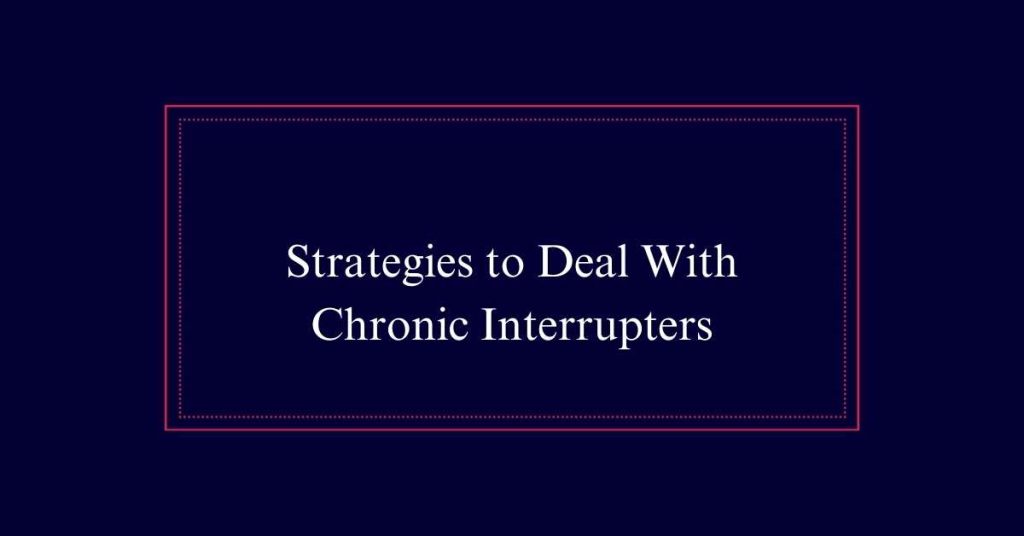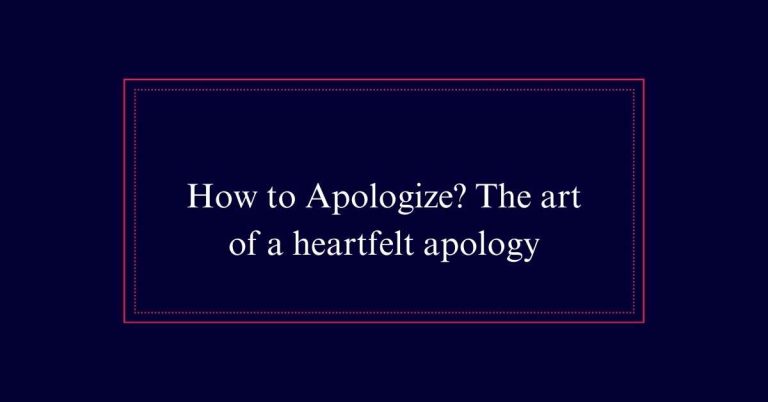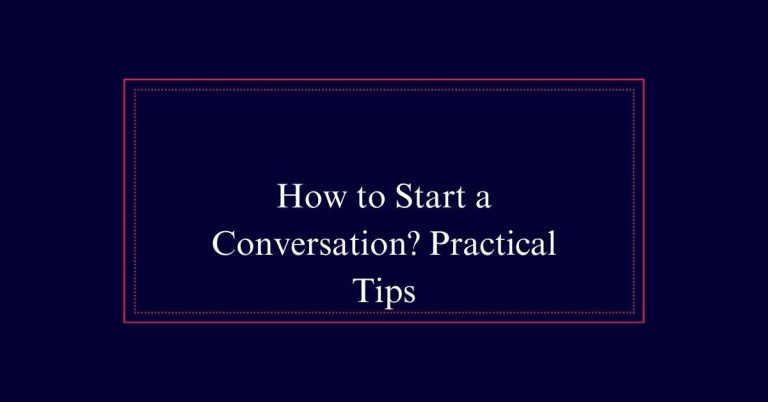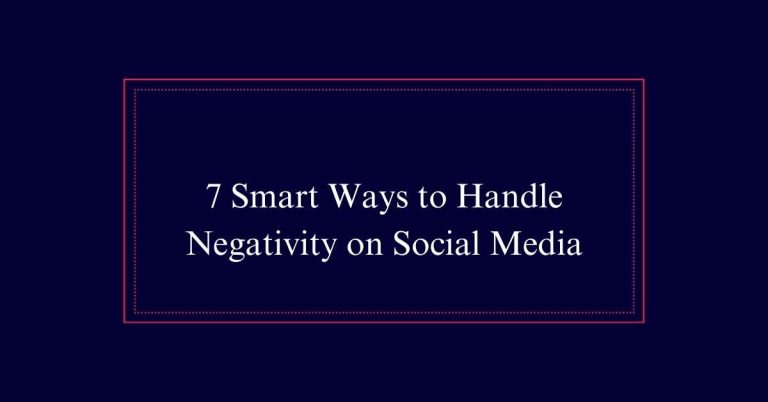Strategies to Deal With Chronic Interrupters
Dealing with chronic interrupters involves strategies that maintain control and assert your voice respectfully. Continue speaking confidently to maintain focus. Politely acknowledge and redirect the conversation back to your point. Use phrases like ‘If I may finish’ to regain the floor without conflict. Address the issue directly and tactfully, highlighting the importance of uninterrupted dialogue for overall job performance. Tailor your approach based on the interrupter’s status and guarantee a constructive tone.
Understanding the Science
Understanding the science of interruption reveals the underlying social and psychological dynamics at play. Interruption is not just a conversational nuisance; it has deeper roots in human behavior. Studies by linguists, sociologists, and psychologists indicate that interruptions often reflect power dynamics. People in higher social status, particularly white, heterosexual men, tend to interrupt more frequently. This behavior is linked to viewing conversations as competitive arenas.
Unconscious biases also play a role, making certain groups feel more entitled to interject. The phenomenon known as ‘mansplaining’ can occur when individuals, often men, interrupt without realizing the impact. These interruptions affect how assertiveness is perceived and can hinder professional growth for those frequently interrupted. Understanding these dynamics is essential for developing effective strategies to manage interruptions.
Who Gets Interrupted Most
Women, minorities, and individuals with lower social status are most frequently interrupted in conversations. Studies by linguists, sociologists, and psychologists confirm this trend. Such interruptions can hinder career advancement and reduce perceived assertiveness. Unconscious biases and power dynamics often drive these interruptions. The impact is profound, leading to frustration and disenfranchisement.
Here is a table to illustrate the emotional impact:
| Group | Frequency of Interruption | Emotional Impact |
|---|---|---|
| Women | High | Frustration, Disempowerment |
| Minorities | High | Marginalization, Frustration |
| Lower Status | High | Reduced Confidence, Isolation |
Understanding who gets interrupted most helps in addressing these biases effectively. Clear communication strategies can mitigate the negative effects.
Frequent Interrupters
Identifying the frequent interrupters in conversations is the next step to addressing this pervasive issue. Frequent interrupters often include individuals who unconsciously feel entitled to dominate discussions. These interrupters may view conversations as competitions rather than collaborative exchanges.
Recognizing these patterns helps in tailoring effective strategies to manage interactions. It is important to observe who interrupts the most and in what contexts. Noticing these details can inform how to approach the situation without escalating tensions. Frequent interrupters might not be aware of their behavior, making it essential to address the issue with tact.
Clear communication and appropriate responses can help mitigate interruptions and foster more balanced conversations.
Social Bias and Power
In many conversations, social biases and power dynamics play a significant role in who gets interrupted and who does the interrupting. Studies show that women, minorities, and lower-status individuals are most likely to be interrupted. Conversely, white, heterosexual men often interrupt more frequently. This behavior stems from unconscious biases and societal norms that grant certain groups more conversational authority.
These interruptions can undermine the confidence and contributions of those frequently interrupted, affecting their professional and personal development. Understanding these dynamics is essential to addressing the issue. By recognizing the role of social bias and power, individuals can develop strategies to foster more inclusive and respectful communication, ensuring that all voices are heard equally.
The Concept of Mansplaining
The concept of mansplaining refers to instances where men interrupt or explain things to women in a condescending or patronizing manner. This behavior often stems from unconscious biases and entrenched power dynamics. Mansplaining can undermine women’s confidence and contributions in professional and social settings. It perpetuates gender inequality by dismissing women’s expertise and experiences.

Recognizing mansplaining is essential for creating more equitable conversations. Awareness can help men become more mindful of their communication habits. Women can use strategies such as asserting their knowledge, redirecting the conversation, or politely addressing the behavior.
Both men and women benefit from fostering a respectful dialogue where all voices are heard and valued, promoting a more inclusive and productive environment.
Impact on Assertiveness
Interruptions can greatly undermine a person’s assertiveness in conversations. When frequently interrupted, individuals may feel less confident in expressing their thoughts. This can lead to a reluctance to contribute ideas or share opinions, especially in professional settings. Over time, the constant interruptions can erode self-esteem and diminish one’s perceived authority.
Moreover, chronic interruptions can signal to others that the interrupted person’s contributions are less valuable. This perception can hinder career advancement and professional growth. It creates an environment where the interrupter dominates, further skewing power dynamics.
Hence, addressing interruptions is vital. It helps maintain a balanced dialogue where everyone feels heard and respected, ultimately fostering a more inclusive and productive communication environment.
Context-Based Approaches
How do we effectively address interruptions in various conversational contexts?
The key is to tailor your approach based on the setting and the relationship with the interrupter.
In professional meetings, use structured turn-taking to guarantee everyone has a chance to speak.
In casual conversations, gentle reminders can steer the conversation back on track.
For hierarchical relationships, respecting the status while asserting your need to finish speaking is essential.
If the setting is public, subtle cues like maintaining eye contact can signal your intent to continue.
Each context requires a different strategy, but the goal remains the same: fostering respectful and effective communication.
This ensures that everyone’s voice is heard and valued, minimizing the impact of chronic interruptions.
Subtle and Direct Tactics
Handling conversations with chronic interrupters requires a blend of subtle and direct tactics. Subtle cues can include maintaining eye contact or slightly raising a hand to signal the desire to speak. Direct tactics might involve clearly stating, “I would like to finish my point.” It’s important to gauge the relationship and context to choose the appropriate approach. Below is a table summarizing these tactics:
| Subtle Tactics | Direct Tactics | When to Use |
|---|---|---|
| Eye Contact | Clear Statement | Casual Conversations |
| Raised Hand | Reaffirming Your Turn | Professional Meetings |
| Pausing | Addressing Directly | High-Stakes Discussions |
| Slight Lean Forward | Polite Re-interruption | Group Settings |
| Nod to Current Speaker | Assertive Response | One-on-One Conversations |
Using these methods can help manage interruptions effectively, fostering smoother communication.
Effective Communication Techniques
Building on the tactics for managing chronic interrupters, employing effective communication techniques is essential for maintaining control in conversations.
One key technique is active listening, which involves fully focusing on the speaker and providing feedback. This shows respect and can encourage reciprocation.
Another method is using ‘I’ statements to express feelings without sounding accusatory, such as ‘I feel unheard when I’m interrupted.’
Maintaining eye contact and using confident body language also help assert presence.
Additionally, asking open-ended questions can redirect the conversation flow and engage the interrupter constructively.
Regaining Control
Regaining control of a conversation after being interrupted requires a blend of assertiveness and tact. Here are three effective strategies:
- Continue Speaking: Maintain your original train of thought. Speaking confidently and without pausing can signal your determination to finish.
- Acknowledge and Redirect: Politely recognize the interruption and then steer the conversation back to your point. For instance, ‘That’s interesting, but to finish my thought…’
- Polite Re-interruption: If necessary, gently interrupt the interrupter. Use phrases like, ‘If I may finish…’
These methods help you assert your role in the conversation without causing conflict. The goal is to maintain a respectful dialogue while ensuring your voice is heard.
Discussing Persistent Interruption
When interruptions persist despite your efforts to regain control, it may be necessary to address the issue directly with the interrupter. Approach this conversation with a focus on job-related benefits. Explain how uninterrupted communication can enhance productivity and collaboration.
Avoid assigning blame or making accusations. Instead, emphasize the importance of awareness and the impact interruptions have on effective dialogue. Tailor your approach based on the interrupter’s status and communication style. Use clear, respectful language.
Highlight the positive outcomes of reducing interruptions. By maintaining a constructive tone, you can foster an environment where everyone feels heard and valued. This method can help mitigate persistent interruptions and promote a more inclusive and respectful communication culture.
Frequently Asked Questions
How Can I Maintain a Positive Tone While Addressing Interruptions?
To maintain a positive tone while addressing interruptions, use polite phrases like “I’d like to finish my point,” acknowledge the interrupter’s input, and express appreciation for their enthusiasm. This approach keeps the conversation respectful and constructive.
What Are Some Playful Methods to Remind Someone to Stop Interrupting?
Playful methods to remind someone to stop interrupting include using a gentle tally system, employing visual cues like a raised hand, or making light-hearted comments. These approaches can create awareness without causing discomfort or conflict.
How Do I Follow up on an Interruption Conversation Weeks Later?
To follow up on an interruption conversation weeks later, revisit the topic respectfully. Use subtle cues or visual aids to remind them. Reinforce the importance of effective communication and the benefits of reducing interruptions for everyone involved.
Are There Visual Cues I Can Use to Signal Someone to Stop Interrupting?
Yes, visual cues can be effective. Examples include raising a hand slightly, maintaining eye contact, or using a gentle “stop” gesture. These non-verbal signals can subtly indicate the need to finish your point uninterrupted.
When Is It Appropriate to Revisit the Topic of Interruptions With a Colleague?
It is appropriate to revisit the topic of interruptions with a colleague after a few weeks. This allows time for reflection and practice, reinforcing the message without appearing confrontational or overly critical. Consistency is key.






